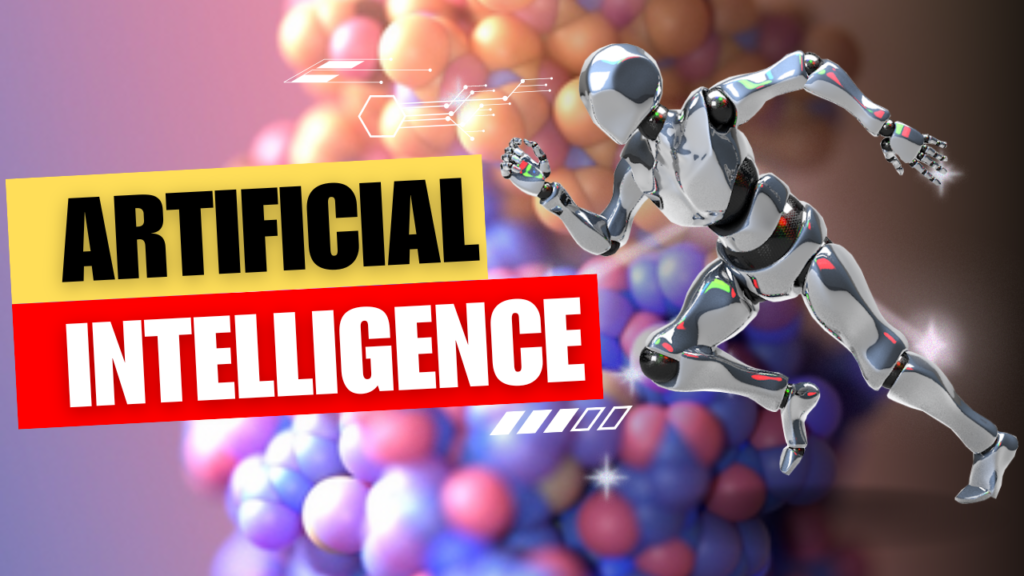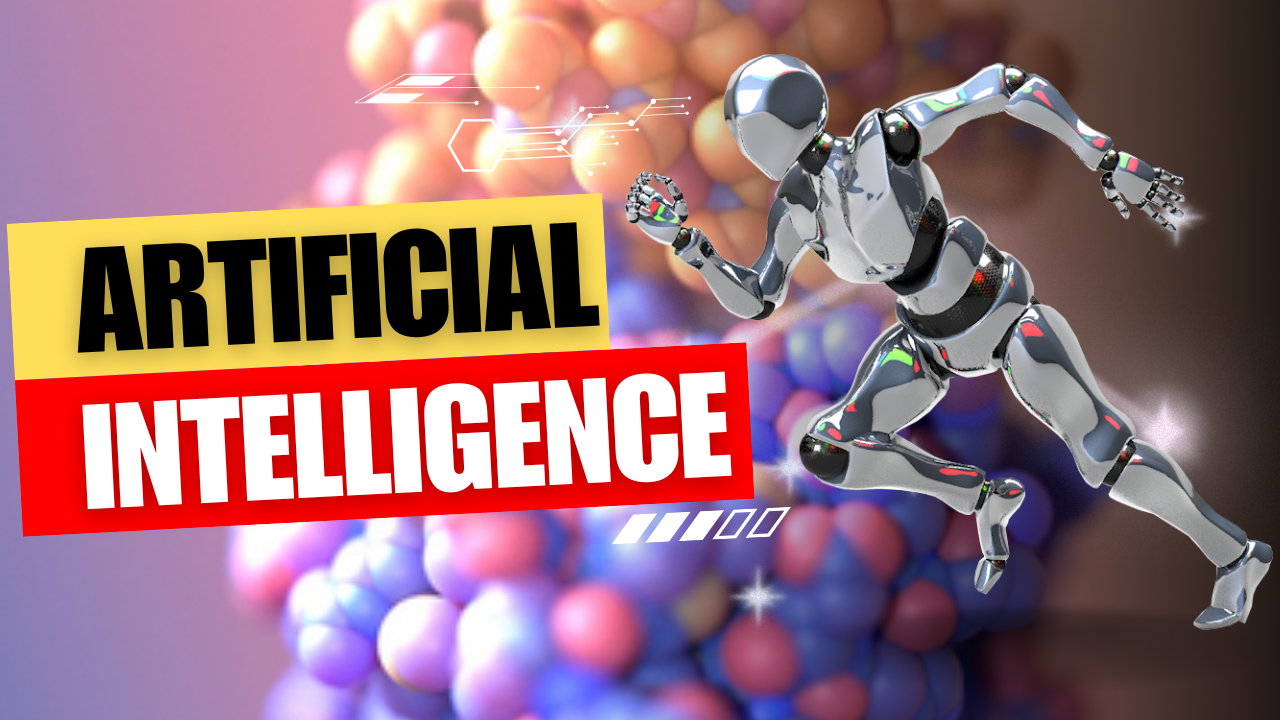Researchers at the University of Washington have achieved a significant breakthrough in biotechnology, demonstrating the ability of a generative AI program to design atomically precise antibodies from scratch. This pioneering development includes the creation of antibodies capable of binding to bacterial toxins, as well as the specific proteins associated with infectious agents such as COVID-19, respiratory syncytial virus, and influenza. This advancement holds promise for the development of novel therapeutics and vaccines against a wide range of pathogens, potentially revolutionizing the fields of immunotherapy and infectious disease treatment.

UW Baker Lab Revolutionizes Antibodies Design with AI model
Members of the University of Washington’s Baker Lab, located within the UW Institute for Protein Design, have introduced a groundbreaking approach to antibody development. They assert that this method could significantly reduce the time required compared to conventional antibody production techniques. Traditional methods often involve extensive library screening or multiple rounds of immunizations in animal models. With the new approach, researchers bypass the need to wait for animals’ immune systems to generate effective countermeasures in vivo, potentially accelerating the development of vital treatments and vaccines against infectious diseases.
AI Revolutionizes Biologic Therapy Design for Antibody-Based Treatments
Just as AI programs have demonstrated cost savings in the design of small-molecule drugs, researchers aim to achieve the same for one of the main classes of biologic therapies. Antibody-based therapeutics are expected to grow into nearly a half-trillion-dollar industry over the next five years. With the innovative use of AI in antibody design, such therapies could undergo a transformative shift, potentially streamlining production processes, reducing costs, and expediting the development of life-saving treatments for a variety of medical conditions.
UW Researchers Demonstrate AI’s Ability to Generate Novel Antibody Fragments
In a proof-of-concept paper published on the preprint server BioRxiv, University of Washington (UW) researchers showcased their network’s capability to produce novel, single-domain antibody fragments. These fragments, known as VHHs, are found in nature among sharks and members of the Camelidae family, including camels, llamas, and alpacas. VHHs offer a simpler structure compared to larger, multipronged Y-shaped antibodies, yet they retain the capacity to bind to and neutralize antigens. Moreover, they are easier to assemble from genetic code. Notably, VHHs serve as the foundation for two approved medicines: Sanofi’s Cablivi (caplacizumab) and Taisho Pharmaceutical’s Nanozora (ozoralizumab), both of which were developed by Sanofi’s Ablynx subsidiary. This development underscores the potential of AI in antibody engineering, opening new avenues for the development of therapeutics with enhanced efficacy and versatility.
Deep Learning Transforms Protein Design: Computational Generation of Functional Antibodies
David Baker, Ph.D., director of the Institute for Protein Design and senior author of the paper, emphasized the revolutionary impact of deep learning on protein design. He stated that the current era presents an opportune moment to tackle the significant challenge of generating functional antibodies solely through computational design. This assertion underscores the growing importance of computational methods in the field of biotechnology, paving the way for innovative approaches to antibody development and therapeutics.

UW Researchers Utilize RFdiffusion Program for Antibody Design
The researchers based their antibody-focused model on the UW institute’s open-source RFdiffusion program, which publicly debuted last year. Similar to image-generating diffusion AI networks like DALL-E, which construct pictures by gradually removing noise from the final product, RFdiffusion creates protein backbones that can ultimately align with and attach to a supplied molecular target. This program builds on the successes of AlphaFold2 and the Baker Lab’s protein-focused Rosetta software, marking another significant advancement in computational protein design.
Cryo-Electron Microscopy Validates Computational Antibody Design
To evaluate their results, the researchers used cryo-electron microscopy to assess the VHHs produced against the hemagglutinin protein of H1N1 influenza, which the virus employs to infect human cells. They found that the VHHs could effectively bind to their target, although the success rates remained low. The paper’s authors acknowledged “considerable room for improvements.”
Carlos Sainz Leads Ferrari to Glorious One-Two Victory at Australian F1
Nonetheless, the researchers highlighted the potential of computational design methods to revolutionize antibody discovery and development. They emphasized that their RFdiffusion approach enables the targeting of specific epitopes on the antigen of interest. Furthermore, they anticipate that as success rates improve, computational methods will prove to be significantly faster and more cost-effective compared to traditional approaches such as animal immunization or random library screening. read more
